A hidden chamber may rewrite Egypt’s royal history.
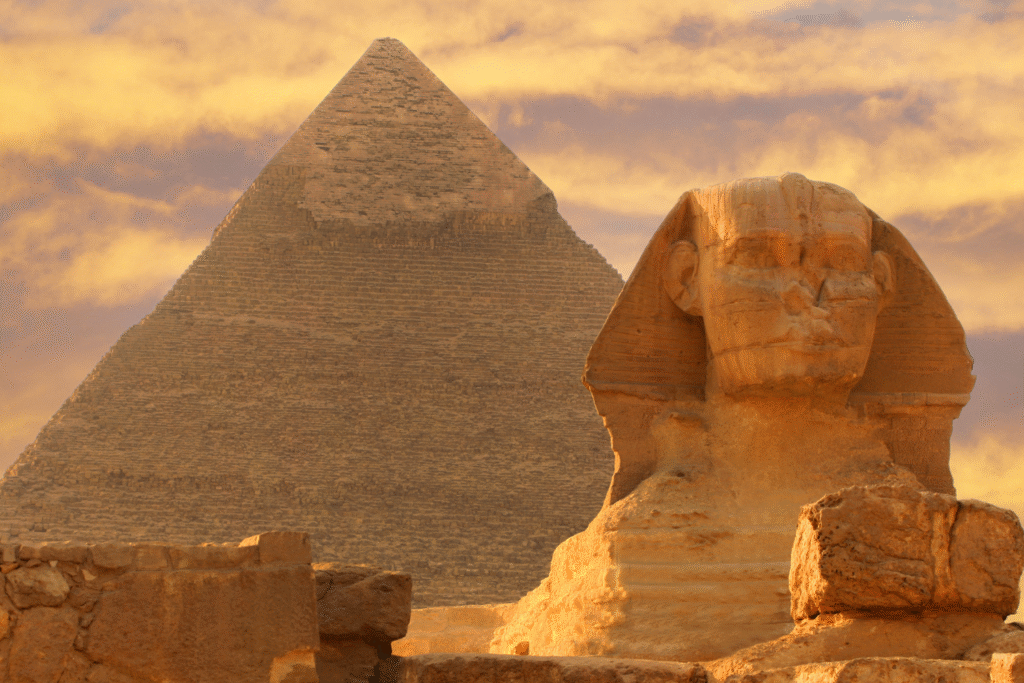
The Valley of the Kings has always promised secrets, yet most assumed its biggest surprises were already unearthed. This year, however, archaeologists working near Luxor announced evidence of a long-lost royal tomb. The discovery could belong to Thutmose II, a pharaoh whose burial site had remained a mystery despite centuries of searches. Early findings suggest the structure is intact enough to hold valuable clues about royal life and death in Egypt’s 18th Dynasty. For historians and the public alike, the find could expand our understanding of a kingdom that never stops revealing itself.
1. The tomb first came to light in early 2025.
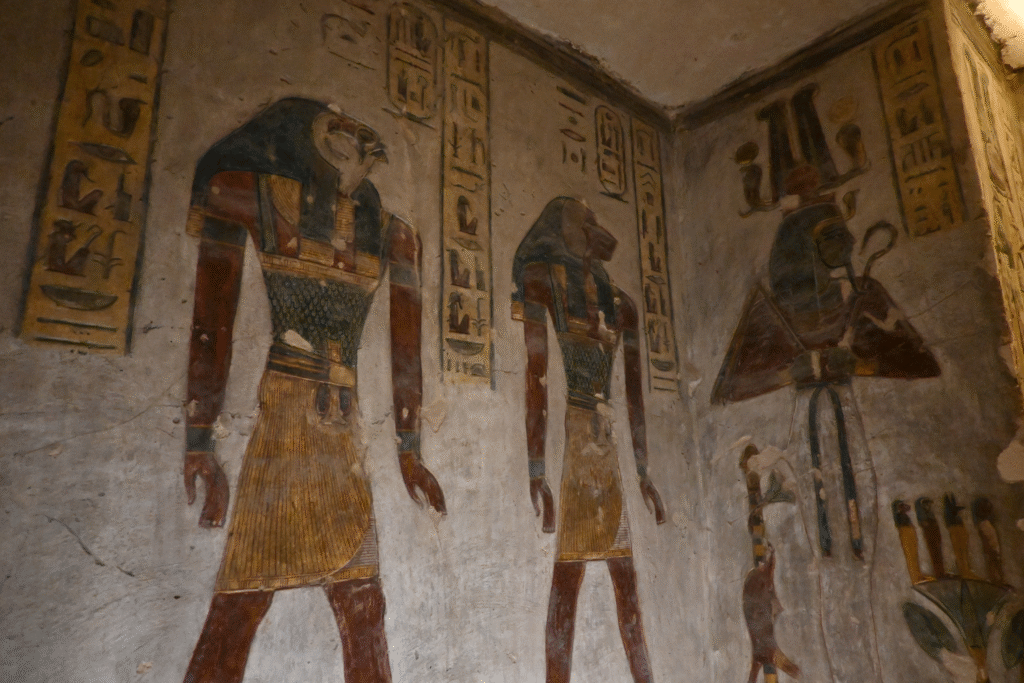
In January, the Egyptian Ministry of Tourism and Antiquities confirmed that excavation teams had uncovered architectural features resembling a royal burial chamber. The work was led by archaeologists from Egypt and the Dominican Republic, who noticed unusual depressions in the bedrock. Further digging revealed carved entrances that matched 18th Dynasty construction. According to the ministry, the evidence strongly suggests a lost pharaoh’s tomb had finally been located, a discovery that immediately drew global attention as reported by the Associated Press.
2. Researchers suspect the burial belongs to Thutmose II.
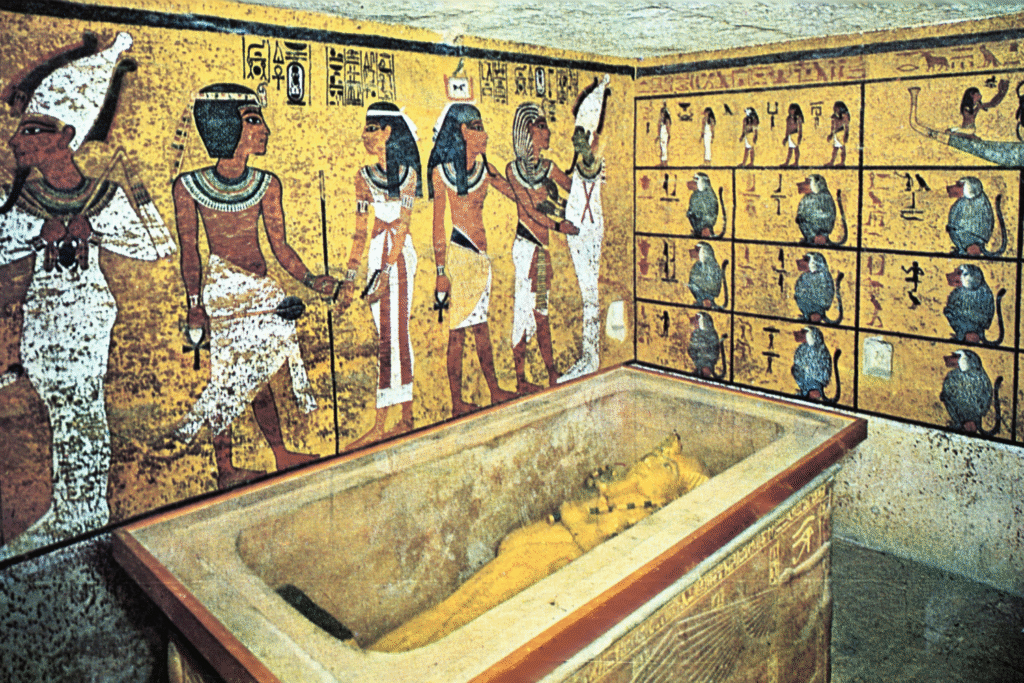
Though confirmation will take time, early inscriptions and artifact fragments point toward Thutmose II, who ruled around 1493 BCE. His reign was short, and historical records about him are thin compared to other rulers of the New Kingdom. Egyptologists have long wondered where his body was laid to rest, making this discovery particularly significant. The speculation isn’t without basis—items linked to his court appear in the chamber’s debris, suggesting a royal burial of his era, as stated by Reuters.
3. Fragile artifacts have already been recovered from the site.
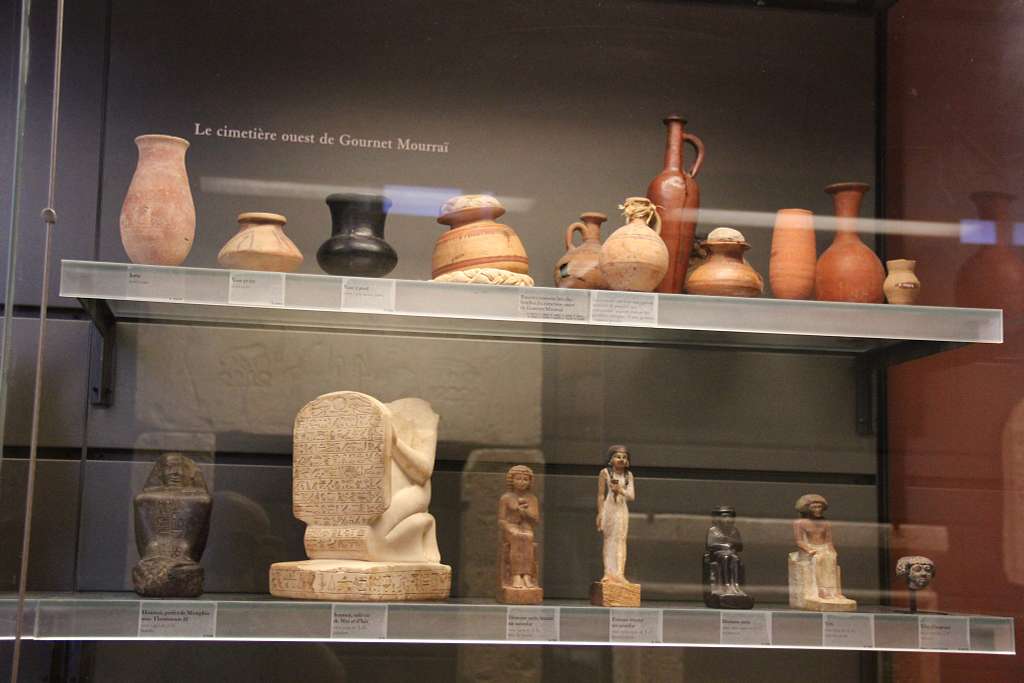
Among the first findings were fragments of funerary equipment, including broken limestone slabs and decorated pottery. These items are consistent with the burial practices of the 18th Dynasty. Some fragments carry faded paint, and others show tool marks typical of hurried construction. Archaeologists caution that the materials are extremely delicate and require careful preservation. These discoveries not only bolster the tomb’s authenticity but also offer fresh insights into how quickly or quietly certain burials may have been prepared, as discovered by the excavation team.
4. The Valley of the Kings still holds mysteries.
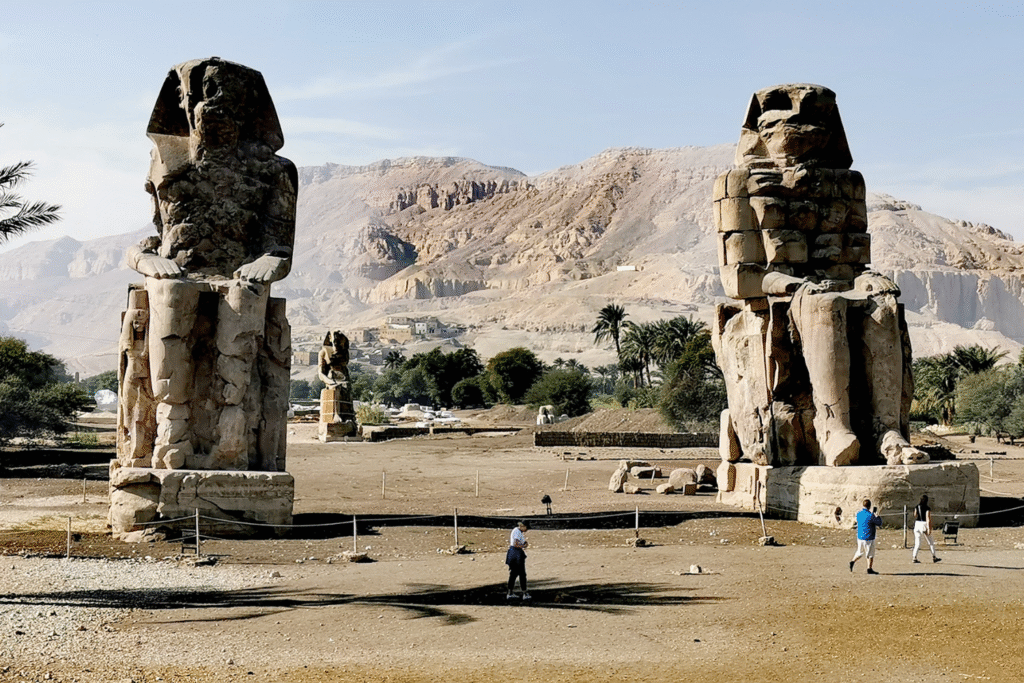
Many assumed the valley had surrendered its greatest treasures decades ago with the discovery of Tutankhamun’s tomb. Yet recent finds show that the area is far from exhausted. The harsh desert preserves more than it destroys, leaving hidden corridors beneath the limestone cliffs. Each discovery underscores that Egypt’s history isn’t a closed book but a layered puzzle with missing pieces still tucked underground.
5. Thutmose II’s life was overshadowed by his successors.
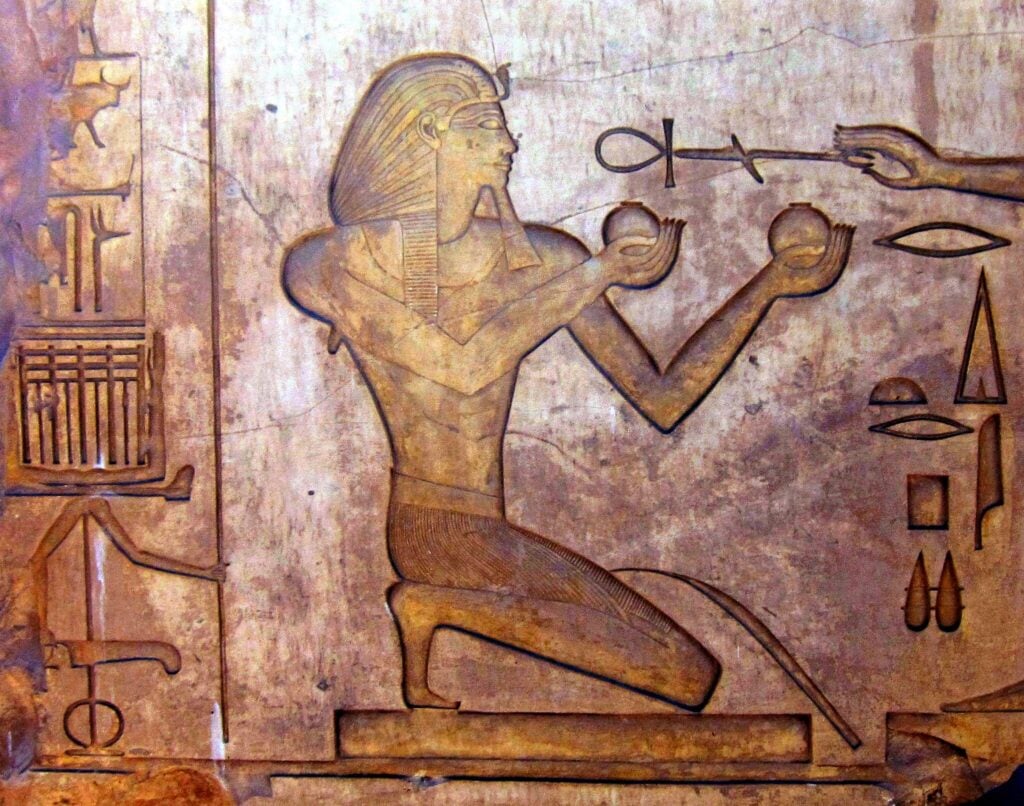
Historical records often skip quickly over Thutmose II, focusing instead on his wife Hatshepsut and his son Thutmose III, who became powerful rulers. This obscurity makes the potential discovery of his tomb all the more important. His burial could provide rare physical evidence about his reign, his death, and his place in the royal lineage. Sometimes a single chamber can shift the way historians view an entire dynasty.
6. Early analysis suggests the tomb may have been looted.
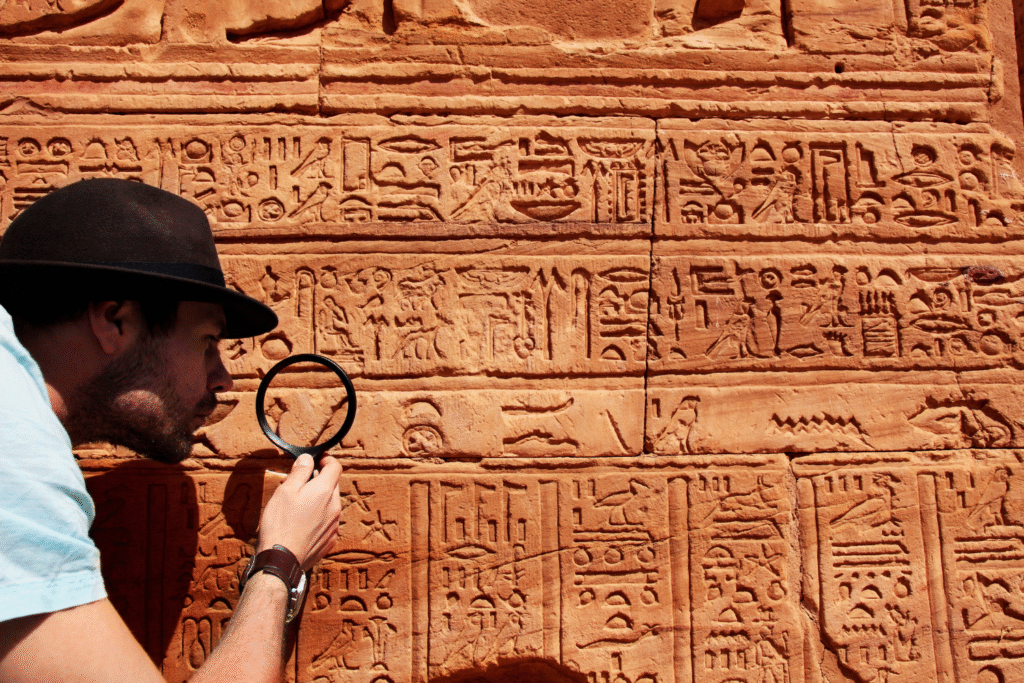
Archaeologists suspect that the chamber was plundered in antiquity, given the scattered fragments and absence of intact treasures. Looting was a common fate for royal burials, particularly in this valley. Still, even a disturbed tomb holds enormous value for scholars. The debris left behind—pottery shards, carvings, and structural remains—can answer questions untouched gold never could.
7. The geology of the valley shapes what survives.
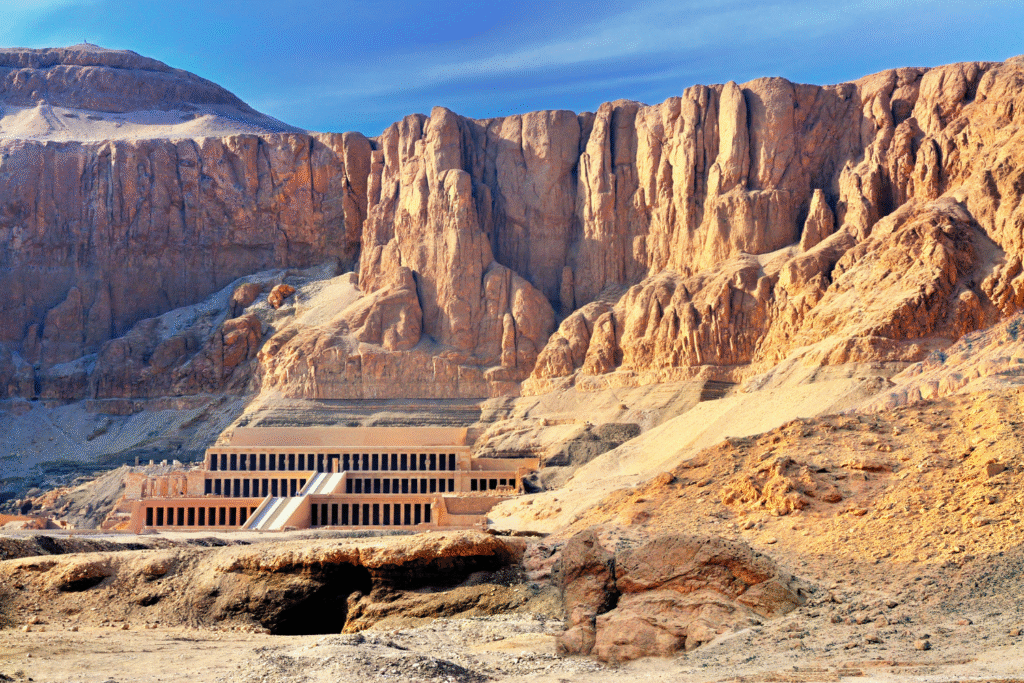
The Valley of the Kings is carved into soft limestone, prone to collapse but also capable of sealing chambers for centuries. This duality makes excavation challenging. Walls buckle, ceilings fall, yet pockets of history remain untouched. Archaeologists working in such terrain often balance excitement with caution, knowing one misstep could destroy irreplaceable evidence.
8. Preservation teams are racing against desert conditions.

The Egyptian desert preserves history, but it also threatens it. Heat, salt, and wind erosion steadily break down painted plaster and limestone carvings. Conservators are already stabilizing surfaces and documenting every detail before exposure causes further damage. Without that urgent work, fragile inscriptions and artwork could vanish almost as quickly as they’re found.
9. The find renews public fascination with hidden tombs.
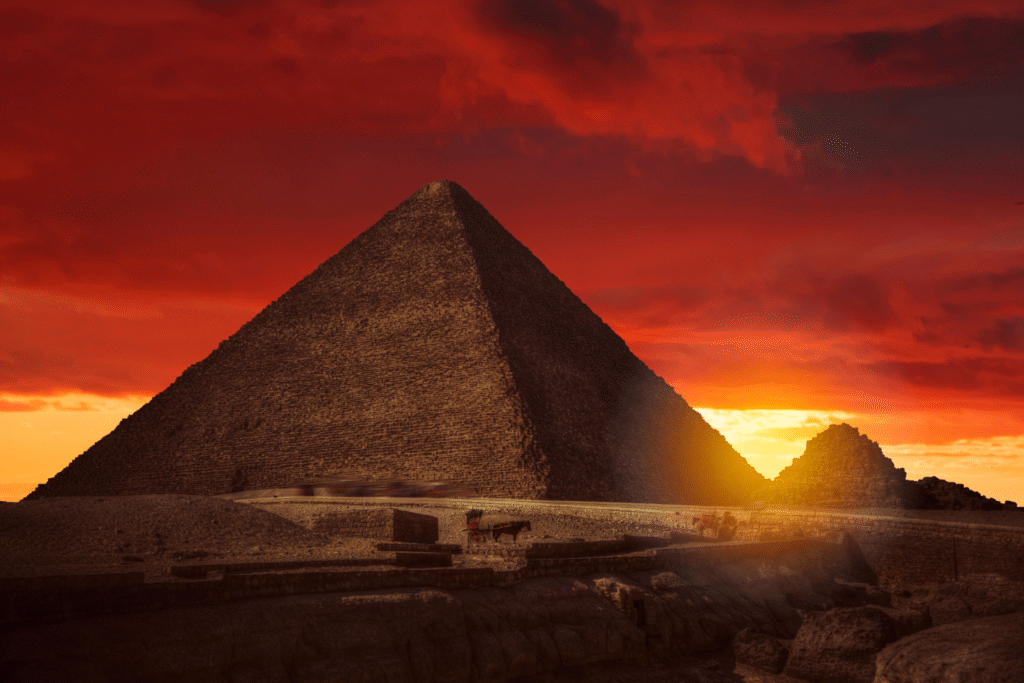
Whenever a new burial site emerges in the Valley of the Kings, global interest surges. Tourists flock to Luxor, documentaries are commissioned, and museums prepare for new exhibitions. The allure of untouched royal chambers remains irresistible. This latest discovery has sparked a wave of speculation about what might still lie beneath the valley’s cliffs, waiting for the right team at the right moment.
10. Egyptian officials hope the discovery boosts tourism.
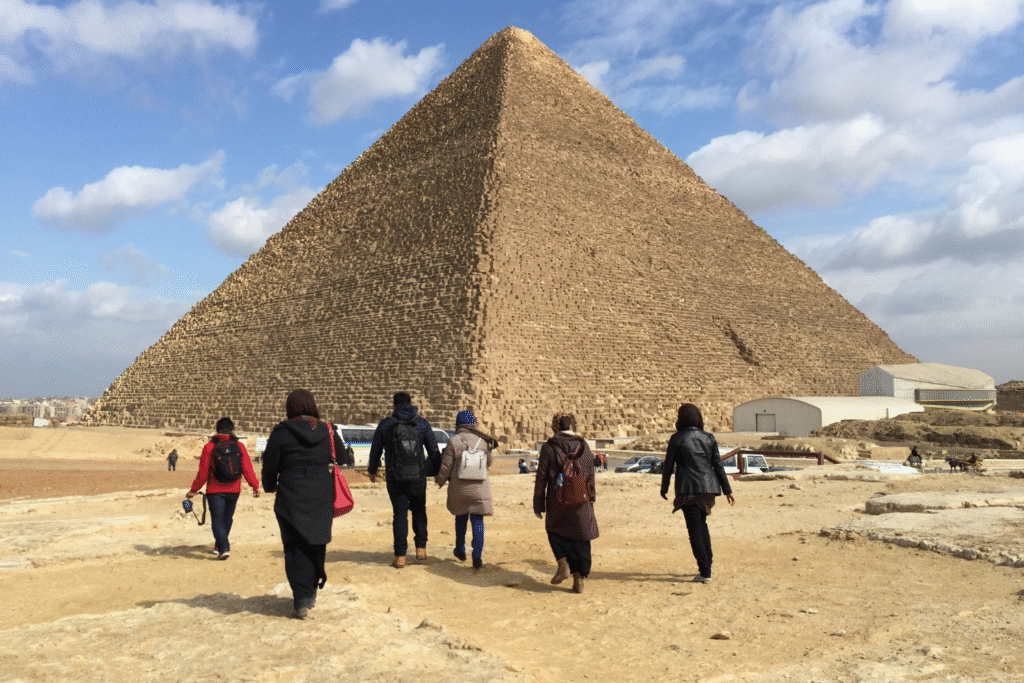
Tourism is a cornerstone of Egypt’s economy, and heritage finds like this provide both cultural and financial momentum. Officials have already spoken of the potential for new visitor routes and exhibitions. While the site itself will remain closed during study, the anticipation alone can spark renewed interest in Egypt’s ancient wonders.
11. The tomb may answer questions about dynastic power.
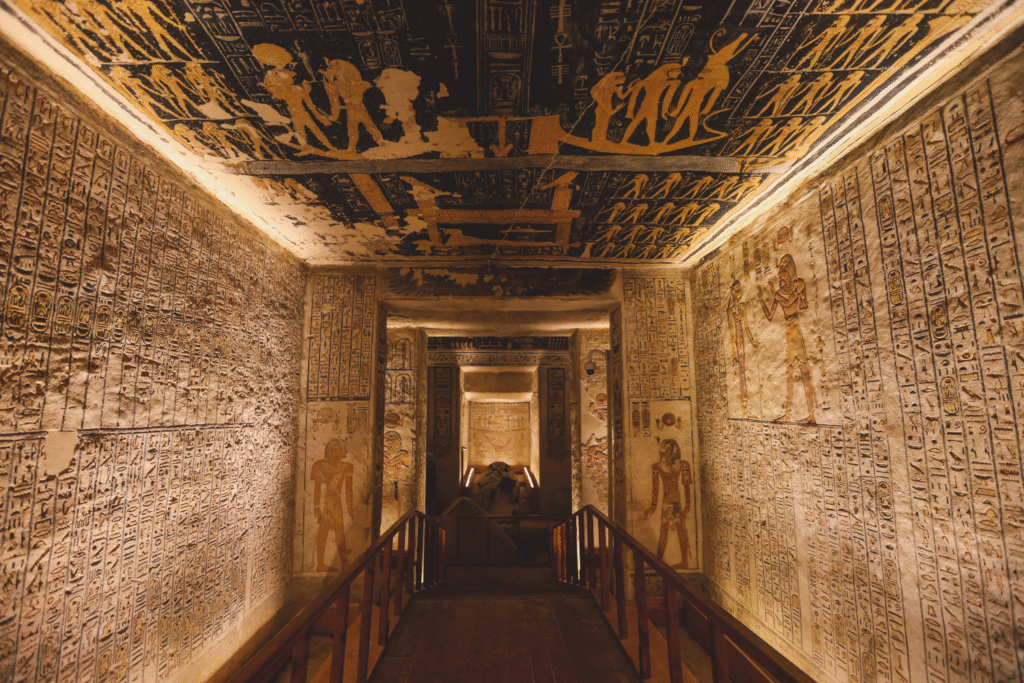
If the burial is confirmed as Thutmose II’s, it could help clarify the timeline of Egypt’s 18th Dynasty. His reign, though brief, marked the transition to two of Egypt’s most influential rulers. Understanding how he was buried—and with what honors—may reveal how his successors shaped their legitimacy. Sometimes it is not just the treasures but the absences, the missing details, that speak most clearly about how history unfolded.
